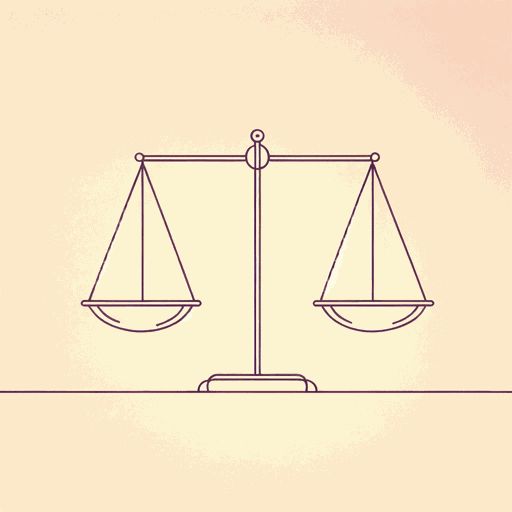74 pages • 2 hours read
John RawlsA Theory of Justice
Nonfiction | Reference/Text Book | Adult | Published in 1971A modern alternative to SparkNotes and CliffsNotes, SuperSummary offers high-quality Study Guides with detailed chapter summaries and analysis of major themes, characters, and more.
Chapter 3, Sections 20-30Chapter Summaries & Analyses
Chapter 3, Section 20 Summary: “The Nature of the Argument for Conceptions of Justice”
The first principles of justice “are those which rational persons concerned to advance their interests would accept in this position of equality to settle the basic terms of their association” (102). To arrive at a conception of justice, it must be established that agreement on the principles is the best method of each person securing their ends, given their circumstances, knowledge, beliefs, and interests. In justice-as-fairness, the original position is one in which agreements are fair, parties are equally represented as moral persons, and the outcome is not the result of arbitrary contingencies or the balance of social forces. Justice as fairness employs pure procedural justice from its outset.
Chapter 3, Section 21 Section Summary: “The Presentation of Alternatives”
The two principles of justice as fairness are preferable if they would be chosen in the original position over every other known alternative. Alternative theories of justice include: mixed conceptions of justice, classical teleological conceptions of justice, intuitionistic conceptions of justice, and egoistic conceptions of justice (for descriptions of each, see Page 107).
Chapter 3, Section 22 Section Summary: “The Circumstances of Justice”
The circumstances of justice are the conditions under which cooperation is both permissible and necessary. There are two kinds of circumstances: (1) objective circumstances, which enable and necessitate cooperation; and (2) the condition of moderate scarcity.
Related Titles
By John Rawls



